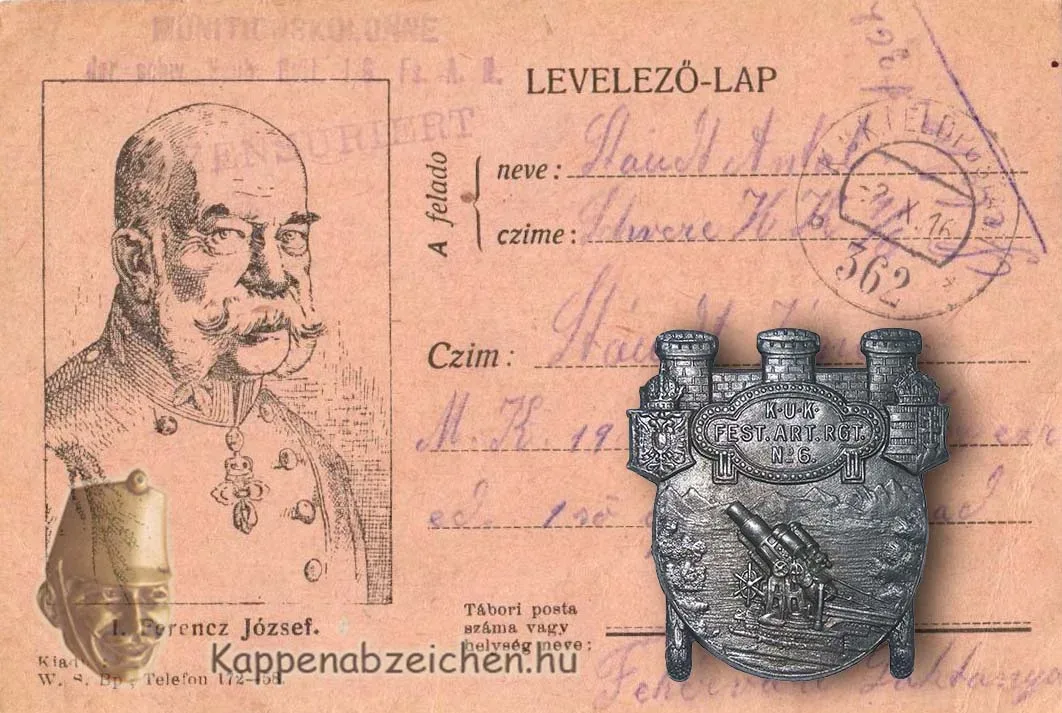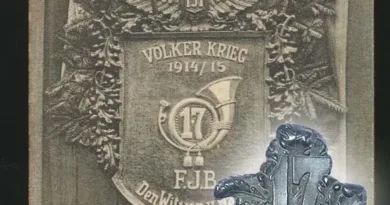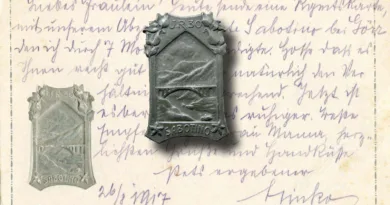6th fortress artillery regiment
The fortress artillery regiments of the Monarchy were originally the units providing the heavy artillery. Armies designed for mobile warfare did not need heavy artillery. The high destructive power of large-caliber guns was designed to be used against fortifications or armored ships. During the siege of the fortresses, one could count on the fact that enemy technical troops of the besiegers would build protected shelters for their own defense, which the heavy guns could destroy. Heavy artillery was also installed in the fortifications built to protect the two major seaports. Fortress artillery regiments were stationed at larger forts, and battalions were stationed at smaller forts. The 6th Fortress Artillery Regiment secured the second largest fortress system in the Monarchy, Komárom.
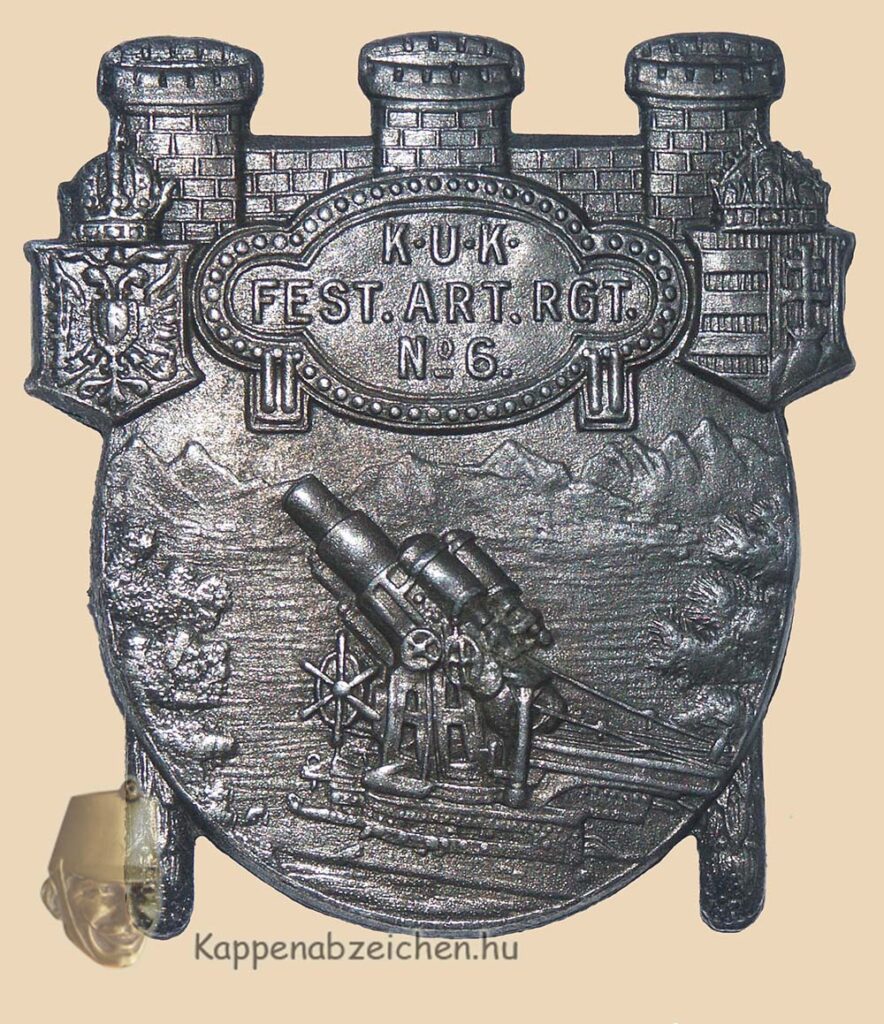
As early as 1914, the fortress artillery gunners were sent to the fronts, where there was a great shortage of artillery equipment. Independent heavy artillery did not even exist at first. The battle, which soon turned into a standing war, made it necessary to destroy the covers and the enemy artillery devices set up further away. At first, only the fortress artillery had guns suitable for these tasks. In view of the great needs, the regiments were disbanded and deployed in batteries to the infantry divisions. This also happened with regiment No. 6. The batteries were commanded individually and used on all active fronts.
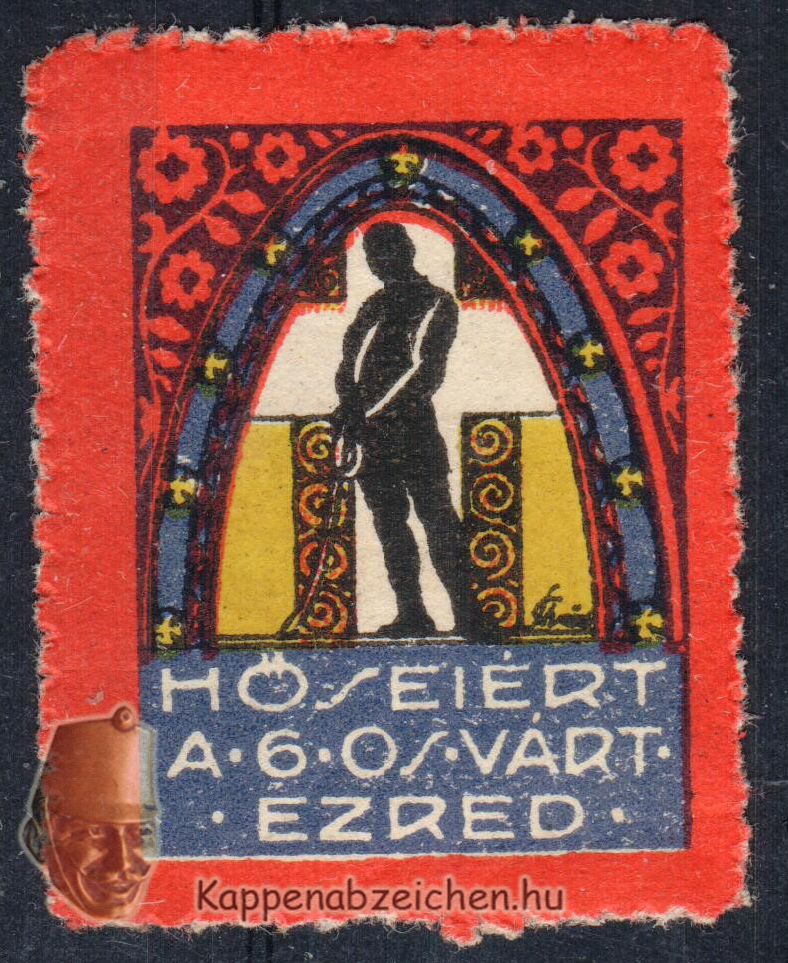
The correspondence sheet behind the entry is marked with the stamp of the ammunition column belonging to the heavy howitzer battery No. 18 of the regiment. The badge is the regiment’s only known cap badge from the Great War. I was also able to attach a letter seal of the 6th fortress artillery regiment.

